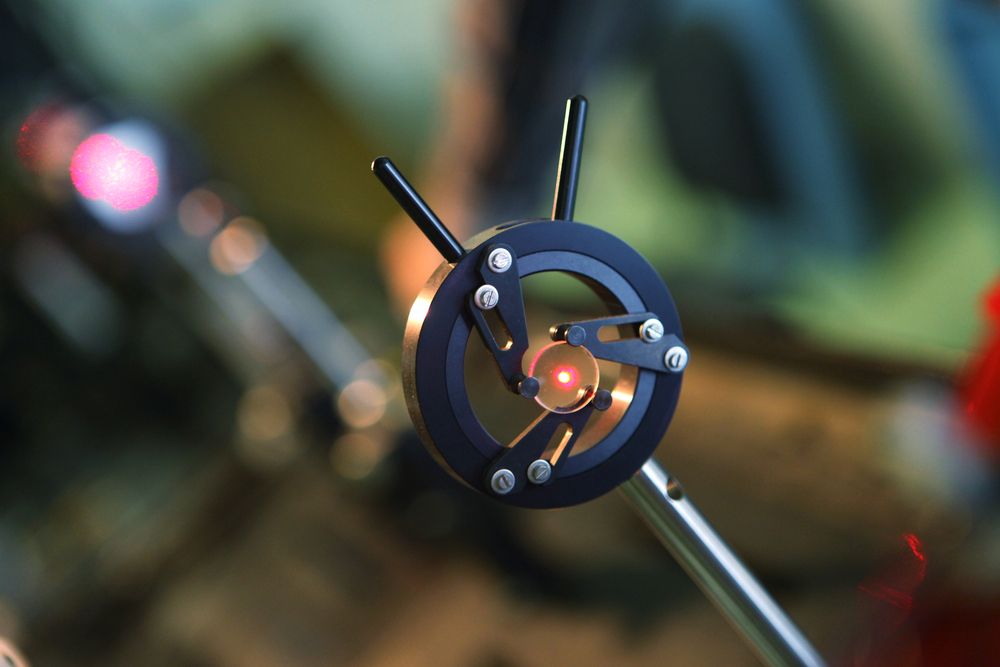Laser mirrors are integral to the efficiency of operations in scientific, industrial, and medical fields. With the right mirrors in place, the reflection of laser beams between the gain media and output couplers becomes effortless. However, it all starts with choosing the right laser mirror for your application. Let’s consider the factors crucial to this decision:
How to Choose the Right Laser Mirrors
Like all optical components, laser mirrors are not the same. And these differences affect their efficiency and functionality in laser systems, making your choice either an impediment or a crutch to your system. Below are the factors you should consider:
1. The Material
Laser mirrors differ in their structure as they can feature any of the following materials:
- Borosilicate glass,
- Fused silica,
- Copper,
- Nickel, and
- Optical brown glass.
Other materials may also be in play, which affects the reflectivity of the mirror. For example, CO2 laser mirrors have a >99% reflectivity rate, enhancing the beam amplification. Consider the material when choosing a mirror.
2. The Substrate
Substrate materials also affect the operation of laser mirrors. Thus, you should choose one that aligns with the laser system’s application. Let’s consider some options:
- Molybdenum: This material has high thermal conductivity and is highly durable even in harsh working environments.
- Fused silica: This material has a high transmittance, high heat resistance, and is corrosion resistant. Moreover, it is highly durable, making it a great choice for most laser systems.
- Copper: Thanks to the high thermal conductivity of copper, it is suitable for high-power laser operations.
- Silicon: The cost-effectiveness of this material, coupled with its great thermal conductivity, makes it a good option.
You can choose substrates based on the environments of the laser systems. For example, molybdenum is highly durable though it comes with the downside of low reflectivity. So, if your environment is harsh yet you want to use glass tube or metal tube lasers, it will work great.
3. Coating Materials
We have mentioned the reflectivity of the laser mirror, an aspect that depends on the coating material in play. Let’s review some of the common coating options and how they affect the mirror performance:
- Aluminum: This material comes in three options. The first is the bare kind, an amazing reflector of the upper UV rays. However, its soft surface makes it delicate, calling for specialized handling. The second is enhanced aluminum which works with visible rays. It is much less delicate and can thus work in most environments. The last kind is protected aluminum which features an overcoat which makes it abrasion-resistant. This coating does not impede its performance; you can use it with ultraviolet rays.
- Gold: Like aluminum, this material can either be bare or protected. Bare gold coating, which is soft and prone to damage, has a high reflectivity in the near to far infrared. The protected kind also works in this region with the added advantage of resistance to scratching, thus higher durability.
- Silver: If you need high reflectivity, silver is a great material as its performance exceeds aluminum’s. However, it requires sealing as it can oxidize and suffer in performance.
- Rhodium: This coating boasts a >80% reflectivity in the visible region. Glass substrates pale in performance compared to it.
Usually, the coating materials are gold, silver, or aluminum. And often, people prefer gold in high-power applications due to its astounding performance in infrared regions.
4. Durability
Besides reflectivity, you must also consider how your laser mirror will perform in the laser system. Consider the following factors:
- Is the laser mirror suited to the working conditions of the system without falling apart? If it is not right for a high-power system, you might need to replace it severally, thus resulting in lower cost-effectiveness.
- Can the laser mirror handle the heat generated by the laser beam?
Also, consider the mirror’s ability to maintain its reflectivity in line with the laser system’s conditions. Moreover, think about the type of laser mirror, as some work best as partial reflectors while others excel as output couplers or high-reflectivity mirrors. Using a mirror for an unsuitable purpose also affects its durability.
The choice of the right laser mirror ultimately comes down to the laser system in play. Consider the need for reflectivity, durability, and cost-effectiveness to decide on the right mirror.
